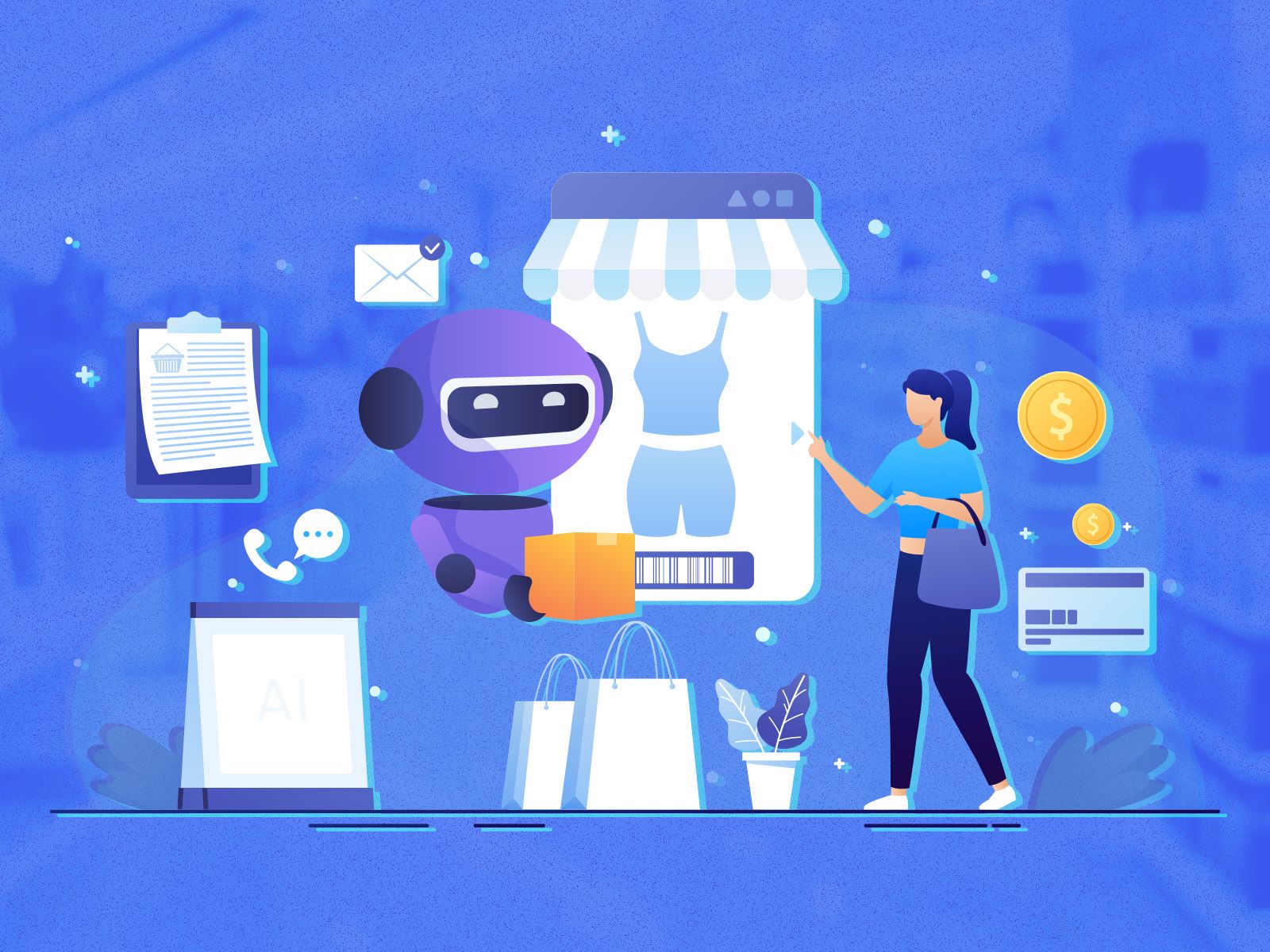How to Make Generative AI a Revenue Generator

Illustration: © AI For All
Generative AI tools like ChatGPT have exploded in popularity. These tools give content creators such as bloggers or people who run editorial-focused news or review websites the ability to quickly generate high-quality content and has led many creators to incorporate the tools into their workflows. But producing great content is just the first step. To build a sustainable business, you need to monetize that AI-generated content. Here are three proven tactics for monetizing AI-generated content, which can be used solo or combined for more impact, and the pros and cons of each:
Use Display Advertising
One of the simplest ways to monetize AI-generated content on a website or blog is through display advertising. This involves placing ads from ad networks like Google AdSense on your site. The ads are automatically matched to your content through keywords. Depending on how the advertiser chooses to pay for their ads in the given ad network (e.g., impression-based or click-based), you can receive a portion of the ad revenue generated from your site.
To implement display ads, first research and choose an ad network that aligns with your goals. Then follow the instructions from the network and place the ad code on your site. Focus on placing ads in places where they are likely to be seen and clicked, but where they won't detract from the user experience. Analyze performance over time and optimize placement.
Pros: easy to implement
Cons: you need to have a significant amount of site traffic to create meaningful revenue streams from ads
Offer Sponsorships and Branded Content
Sponsorships involve being paid by a brand to produce content that promotes their products or services. This content can then be featured across your platform, for example, social media pages that promote the site or a YouTube channel that complements your written content.
(Note: when a creator uses generative AI for sponsored content, brands may be wary about the quality of the content. Be transparent that AI is involved but highlight the human oversight you provide. Offer sponsors approvals at multiple stages.)
The second type of sponsorship, branded content, tells stories around products. It can be more engaging for audiences than overt sponsorship ads. Use generative AI to quickly ideate interesting angles suited to specific brands, but in following the previous note, highlight the human touch in your process.
In a sponsorship or branded content model, the payment structure is usually a flat fee negotiated in advance between you and your sponsor.
Pros: you can earn a guaranteed payment that is not dependent on whether or not ads are seen or clicked
Cons: before you can secure sponsorships, you must have critical mass with a targeted audience. Brands won’t pay to sponsor content nobody sees
Affiliate Marketing
Affiliate marketing allows you to earn commissions by promoting other companies' products or services in your content. You place special tracking links to those products in your AI-generated content, which can attribute sales back to your links. For example, an article on cameras can include links to those products on the manufacturers’ e-commerce sites. But do make sure your promotional efforts don't feel spammy to readers. Too many links can detract from the user experience.
To maximize your revenue potential from affiliate marketing, you must have more “surface area” to include affiliate links (e.g. lots of content - which generative AI can produce!) and relationships with a large number and variety of brands’ affiliate programs.
For as fast as generative AI can produce content, it’s much more labor-intensive to actually join all those affiliate programs, even through a network with thousands of advertisers, such as CJ.com, and then find relevant affiliate links for the products mentioned in your content.
Pros: thousands of advertiser programs you can join for free through affiliate networks like CJ or Awin.
Cons: applying to and being accepted to advertiser programs, then placing the right tracking links in your content is a time-consuming, manual process unless you use automated tools.
Leverage Gated Content Strategically
Another approach to monetizing generative AI content is gating some or all of the output behind a paywall. For example, offer a limited number of free articles before requiring a paid subscription. Or you could reveal just a free teaser or introduction, with the option to purchase the full article.
Plugins like Memberpress for WordPress make it easy to gate site content and most other CMS platforms/site builders offer gating capabilities.
However, don’t overdo the gating. Paywalling too much content can frustrate readers and reduce engagement. Always analyze customer data and get user feedback to find the right balance.
The key is to ensure users see real value in your content. Generative AI can help you ideate compelling headlines and introductions to convince readers your gated content is worth the price. With the right mix of free and paid content, gating can be an excellent monetization method.
Pros: gating content can add cachet to your content and incentivize payment
Cons: risk of not striking the right balance between free and paid content, or not producing content that people are willing to pay for, so they end up abandoning your site.
Closing Thoughts
Generative AI tools represent an incredible opportunity for rapidly creating high-quality, original content. But producing great content is just the beginning. Taking a multifaceted approach to monetization will help ensure your efforts pay off. With strategic implementation of the right mix of key monetization ideas, you can build a thriving media business powered by AI.
Article by Tristan Barnum, Chief Marketing Officer at Wildfire Systems.
Marketing
Generative AI
Author
Wildfire's enterprise platform embeds social commerce, rewards, coupons, and shopping companions into existing services, enhancing user experiences and loyalty while driving new revenues. The patented suite rewards online shopping and harnesses digital word-of-mouth. Wildfire drives incremental sales for more than 50,000 merchant programs in 50+ countries. Wildfire’s newest platform, RevenueEngine, monetizes generative AI-powered e-commerce transactions by turning product and brand mentions into commissionable links. Founded in 2017, Wildfire is based in San Diego. For more information, visit wildfire-corp.com.
Author
Wildfire's enterprise platform embeds social commerce, rewards, coupons, and shopping companions into existing services, enhancing user experiences and loyalty while driving new revenues. The patented suite rewards online shopping and harnesses digital word-of-mouth. Wildfire drives incremental sales for more than 50,000 merchant programs in 50+ countries. Wildfire’s newest platform, RevenueEngine, monetizes generative AI-powered e-commerce transactions by turning product and brand mentions into commissionable links. Founded in 2017, Wildfire is based in San Diego. For more information, visit wildfire-corp.com.









